Tatsiana Chypsanava (b. 1980, Belarus) is a documentary photographer based in Aotearoa New Zealand. Born in Belarus and descended from the Komi peoples of the Siberian North West Ural, she champions diversity in visual storytelling through her membership in Diversify Photo and Women Photograph.
A grantee of the Pulitzer Center (2023) and Wellcome Trust (2020), Chypsanava has honed her craft through prestigious programs including the Eddie Adams Workshop (2021), Missouri Photo Workshop (2022), and Foundry Photojournalism Workshop (2023). Her ongoing personal project, Ruatoki, began in 2014, emerging from a decade-long relationship with the Teepa family.
Her work appears in leading publications including The New York Times, Wall Street Journal, and New Zealand Geographic. Her project Ruatoki was exhibited at the Photoville Festival in 2023. Currently, she is developing her long-term project Te Urewera, which documents the world’s first natural entity with legal personhood and explores the Tūhoe people’s stewardship of their living ancestress.
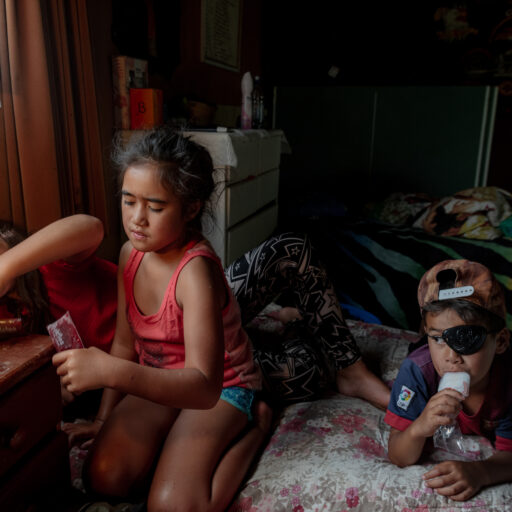
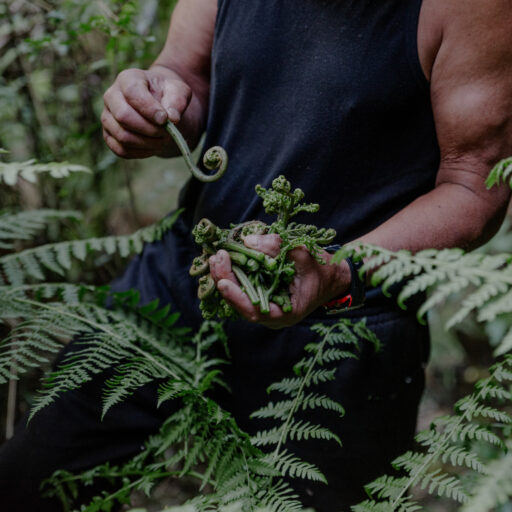
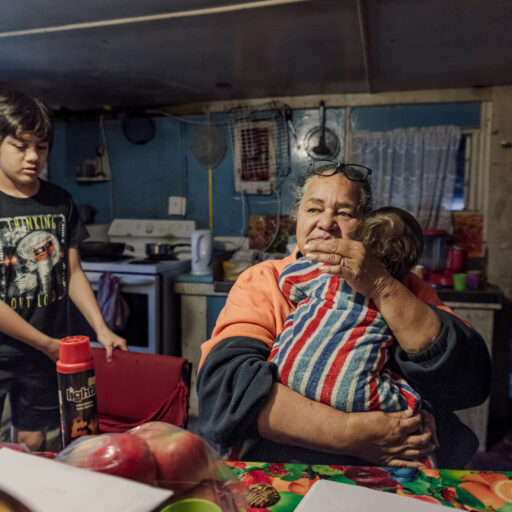

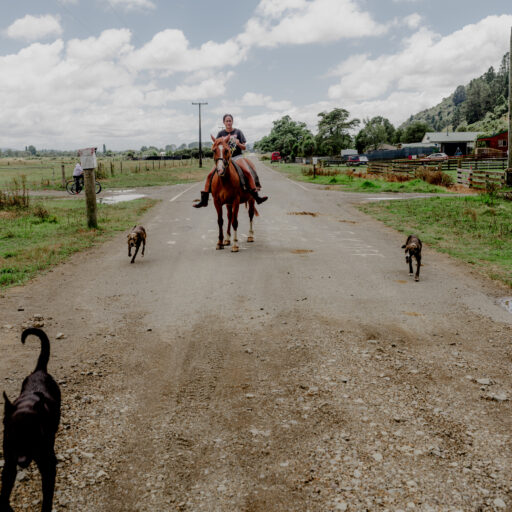
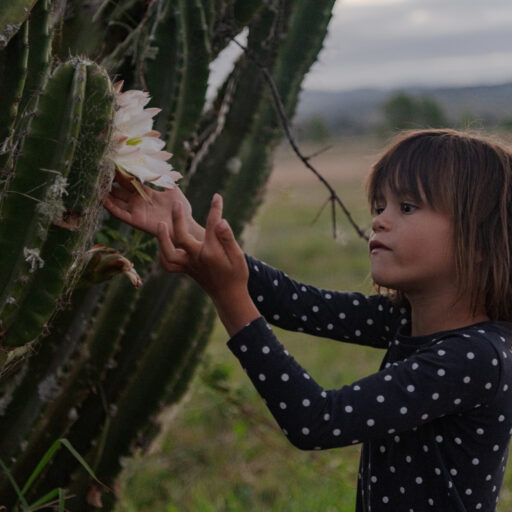

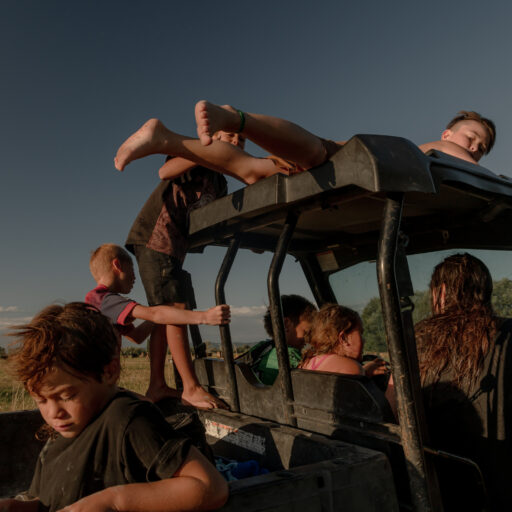
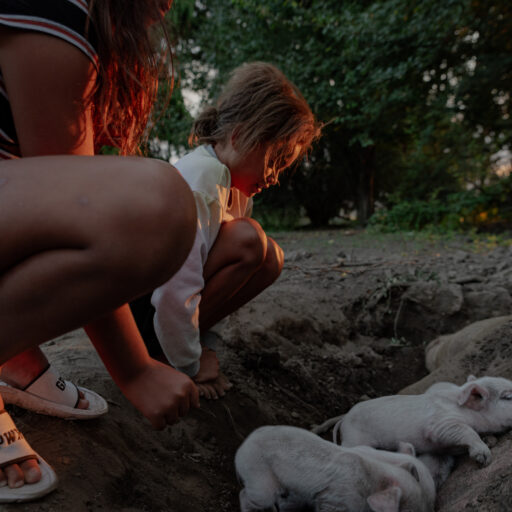
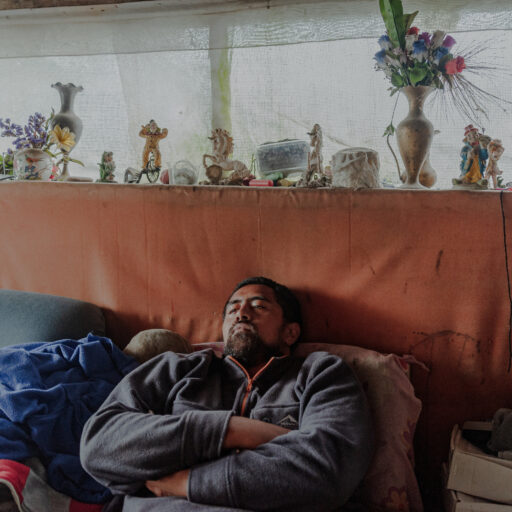
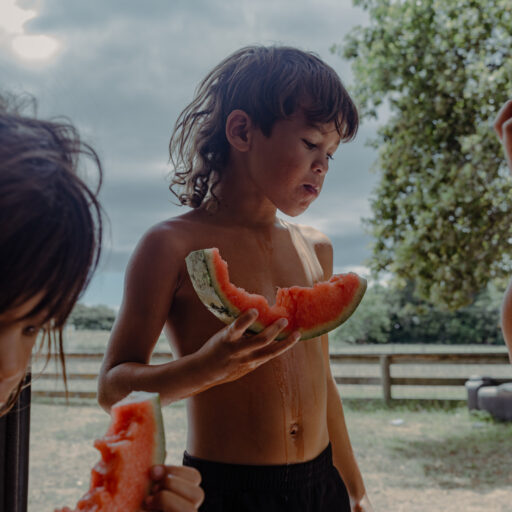

Ruatoki / Te Urewera
The Ngāi Tūhoe have always fiercely guarded their independence. During New Zealand’s colonization, this Indigenous iwi (tribe) remained largely isolated, maintaining minimal contact with European settlers. Despite the government’s often-violent attempts at assimilation and land dispossession, Tūhoe preserved their strong identity, language, and portions of their traditional lands in the North Island’s steep, remote ranges.
Like many Tūhoe, John Teepa spent decades in the city before returning to his roots. When he, his wife Carol Teepa, and their six tamariki (children) returned to his birthplace, a dairy farm in Ruatoki, they embraced the customary whāngai adoption process, ultimately raising more than 20 adopted children alongside their own. Their century-old homestead has sheltered over six generations and hundreds of tamariki. “This is home,” John tells his numerous descendants.
His dairy farm is now part of the Tataiwhetu Trust farm, one of New Zealand’s most successful organic dairy operations. It operates under the principle “Ka ora te whenua, ka ora te tāngata” — When the land flourishes, the people flourish. This philosophy reflects the deep connection between the Tūhoe and their territory.
In a groundbreaking development, Te Urewera, the Tūhoe ancestral lands, became the world’s first national park returned to Indigenous guardianship. Its 2014 reclassification as a legal entity with personhood rights enables Tūhoe to manage it according to their cultural values, marking a significant step forward in recognizing Indigenous rights and governance while emphasizing the sacred relationship between the Tūhoe and their land.
“This project has become more than just photography for me. It's about creating a lasting tribute to the Tūhoe people, honoring their stories, and amplifying their voices.”
Tatsiana Chypsanava
Interview
What was your inspiration, process, and research?
My inspiration for this project came from a desire to challenge the stereotypes and misconceptions about the Tūhoe people, especially after the violent police raids in 2007. I first started visiting Ruatoki in 2010, and as I spent time there, I became increasingly motivated to show the true face of this community.
In 2014, I began focusing specifically on the Teepa family. Their story captivated me – how they returned to their ancestral land, embraced the whāngai adoption process, and built a thriving organic dairy farm. I wanted to highlight their connection to the land and their commitment to Tūhoe values.
I started this project as a photography student, and it has evolved into my first published work. As I worked on this project, I realized that I had transitioned into the role of a photojournalist. This shift has made me feel a strong sense of responsibility to accurately represent their lives and experiences.
My process involved spending a lot of time with the family, documenting their daily lives. I followed them through their routines – from getting kids ready for school to working on the farm. I wanted to capture the intimate, human moments that rarely make it into mainstream media portrayals of Tūhoe.
For research, I delved deep into Tūhoe history, learning about their long-standing resistance to colonization and their fight to maintain their culture and land. I studied the events surrounding the 2007 raids and earlier incidents like the 1916 assault on Rua Kēnana’s community at Maungapōhatu. I also researched Tūhoe cultural practices and their unique relationship with the land, including the recent legal recognition of Te Urewera as its own entity.
What do you hope to achieve with this project?
My main goal is to publish a book. This book would tell the story of the Teepa family and the broader community, challenging the stereotypes that have often surrounded them. I want it to be something tangible for the Teepa family themselves.
I feel I owe a lot to this family. They’ve helped me find myself again in Aotearoa New Zealand, both as a professional and as a person.
This project has become more than just photography for me. It’s about creating a lasting tribute to the Tūhoe people, honoring their stories, and amplifying their voices. I hope that through this work, I can give something back to a community that has given me so much.
Were you able to apply what you learned from The VII Foundation education programs to this project, and if so, how?
Yes, the Foundry Photojournalism Workshop, especially the guidance from Adriana Zehbrauskas, had a significant impact on my project. Adriana inspired me to continue and expand my work with the Teepa family and encouraged me to connect this project to broader themes.
The skills I gained from the Foundry workshop have been invaluable in shaping my approach to long-term documentary projects and connecting these important narratives across cultures.